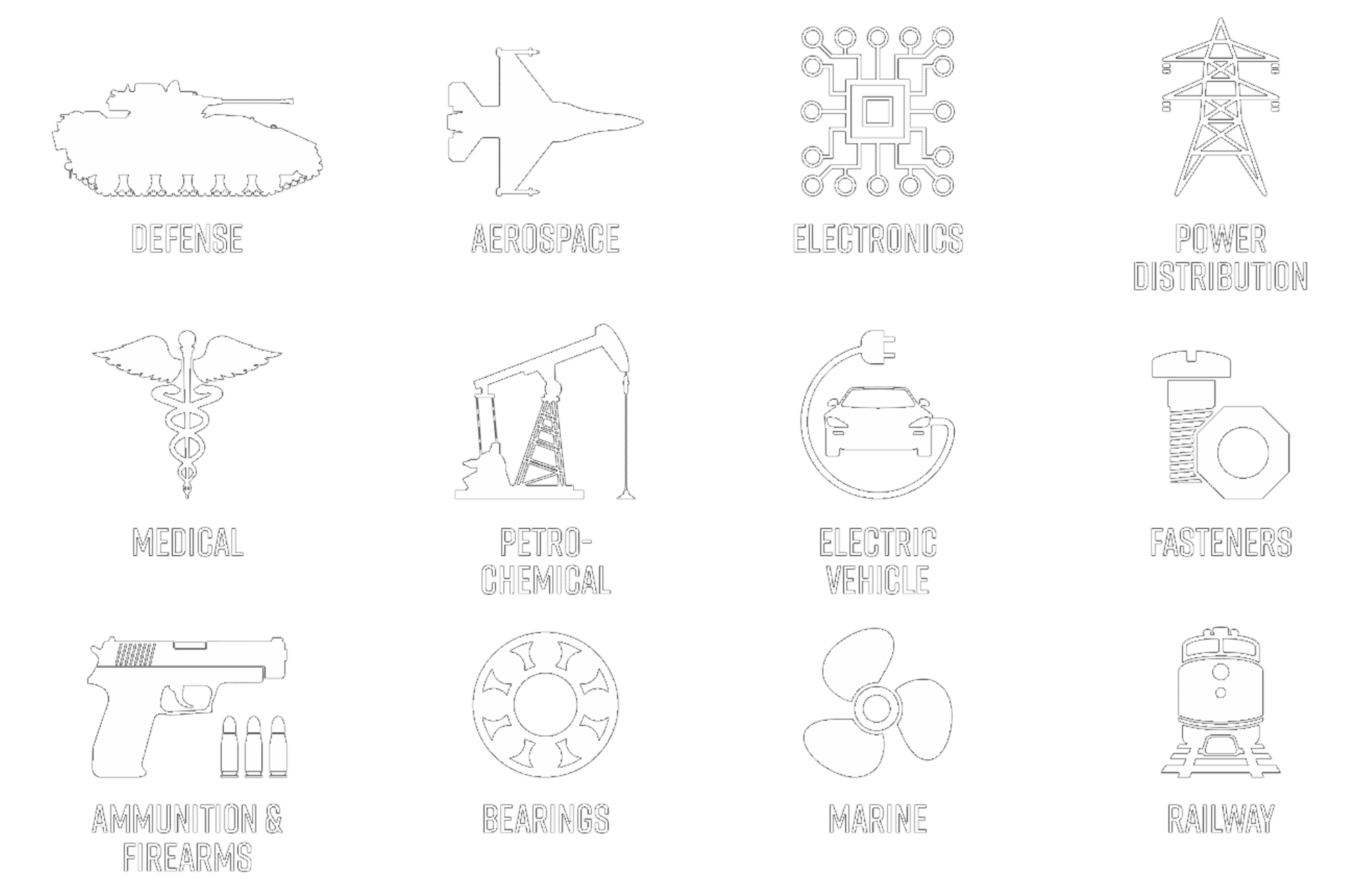To stop the oxidation of substrates would seem to be a simple matter. However, several finishing decisions must be made.
Coating selection:
Coatings can prevent substrate oxidation by protecting anodically, as in the case of zinc or cadmium over steel. These “anodic” coatings corrode in preference to the substrate. The oxidation of the deposit often leaves a white chalky film on the surface of the part.
Coatings can also prevent substrate oxidation by encapsulating the basis metal and sealing it from the environment. This method is typical of nickel plating on steel and is referred to as a “cathodic” coating. For this method to be successful the deposit must be pore-free. Holes in the deposit become avenues for the entrance of oxygen and water to reach the underlying steel and start the corrosion process.
Substrate Roughness:
The effectiveness of either coating type is highly dependent on the surface texture over which it is laid. If the substrate is pitted, torn, cratered or otherwise discontinuous, the coating will have to be much thicker to effectively cover these substrate flaws than for a coating which will be deposited over a smooth surface morphology. Typical examples of problematic surfaces are those with cut threads and those that are stamped or sawn.
“Rule of Thumb”:
Minimum rust protection starts at about 0.0003″. Those deposits with less will rust fairly quickly, especially in moist environments. If you have an especially poor base, a thickness of greater than 0.0005″ may be required. The use of multi-layer systems such a copper underplate prior to a nickel or tin topcoat, will reduce the overall porosity and enhance corrosion performance. In addition, selection of a more corrosion resistant topcoat such as high phosphorus electroless nickel plating services, can improve corrosion performance.







